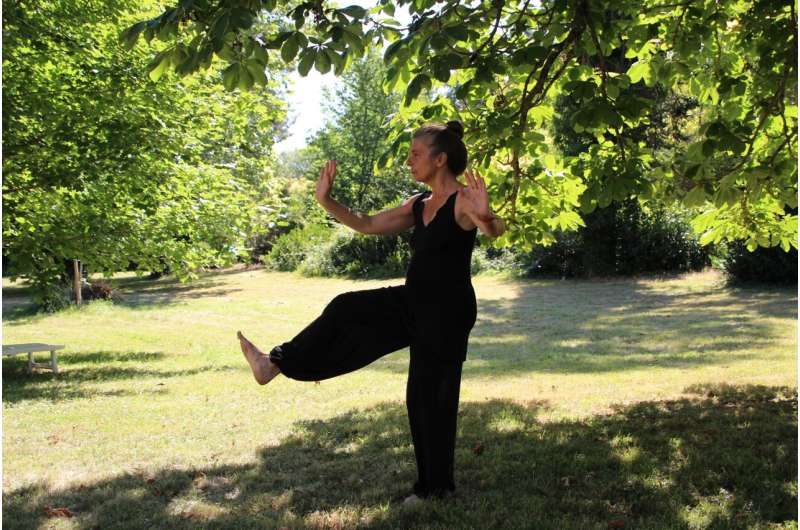Intergenerational Dance Programs Enhancing Health and Reducing Age Discrimination

Intergenerational dance programs bring together young and older adults to foster physical health, mental well-being, and social cohesion, while challenging age stereotypes and reducing age discrimination.
As global demographics shift with an increasing aging population, fostering social connections between different generations has become more vital than ever. While people are living longer, society faces a growing divide between age groups, with age segregation and ageism on the rise. This social separation often leads to negative stereotypes and attitudes toward older adults, which can adversely affect both mental and physical health.
Research indicates that regular physical activity is essential for maintaining health across all ages, supporting cardiovascular health, cognitive function, and emotional well-being. However, many teenagers and seniors fall short of recommended activity levels, missing out on these health benefits.
Dance emerges as a powerful form of physical activity that offers multiple advantages. For children and adolescents, it promotes developmental milestones, attention, and memory. For adults and older adults, dance enhances balance, flexibility, coordination, and overall fitness. Beyond physical benefits, dance nurtures creativity, self-expression, and social interaction.
In particular, intergenerational dance programs—bringing together young and older individuals—serve as a creative, social, and health-promoting activity. These initiatives can challenge stereotypes about aging, foster mutual understanding, and strengthen community bonds. Recent studies, including pilot programs in Ireland, show promising results: participants report joy and social connection, while assessments demonstrate improvements in physical activity levels, cognitive functions, and emotional well-being.
A notable aspect of recent research involves using objective measures, such as wearable activity trackers, to evaluate physical activity levels among participants of various ages dancing together. These evaluations have revealed reductions in sedentary behavior among older participants and cognitive improvements in both groups.
To expand on these benefits, new programs incorporate home-based dance exercises to promote ongoing movement. Moreover, multi-week intergenerational dance initiatives are being integrated into school curriculums, combining physical activity with social engagement. The ongoing evaluations aim to measure outcomes like mobility, balance, cognition, and attitudes about aging.
Overall, intergenerational dance initiatives offer a unique chance to promote health, combat ageism, and bridge societal gaps. By fostering shared movement and experiences, these programs may contribute not only to better physical and mental health but also to a more inclusive and understanding society.
Source: https://medicalxpress.com/news/2025-08-young-people-boosts-health-age.html
Stay Updated with Mia's Feed
Get the latest health & wellness insights delivered straight to your inbox.
Related Articles
Study Highlights U.S. Women's Lack of Knowledge and Feelings of Confusion About Menopause
A recent survey shows many U.S. women feel lost and under-informed about menopause, emphasizing the need for better education and openness about symptoms and treatment options.
The Importance of Gait Quality for Healthy Aging
Maintaining healthy gait patterns is vital for aging well. Advances in wearable sensors help improve walking stability, reduce fall risk, and boost confidence in older adults, fostering independent and active lifestyles.



